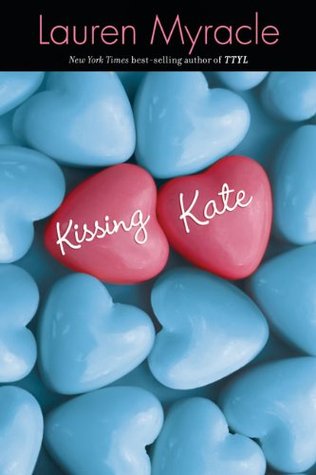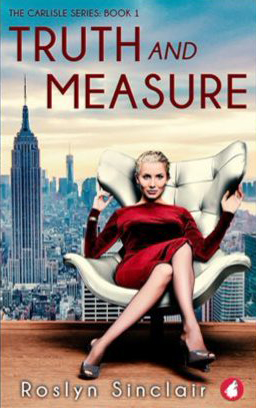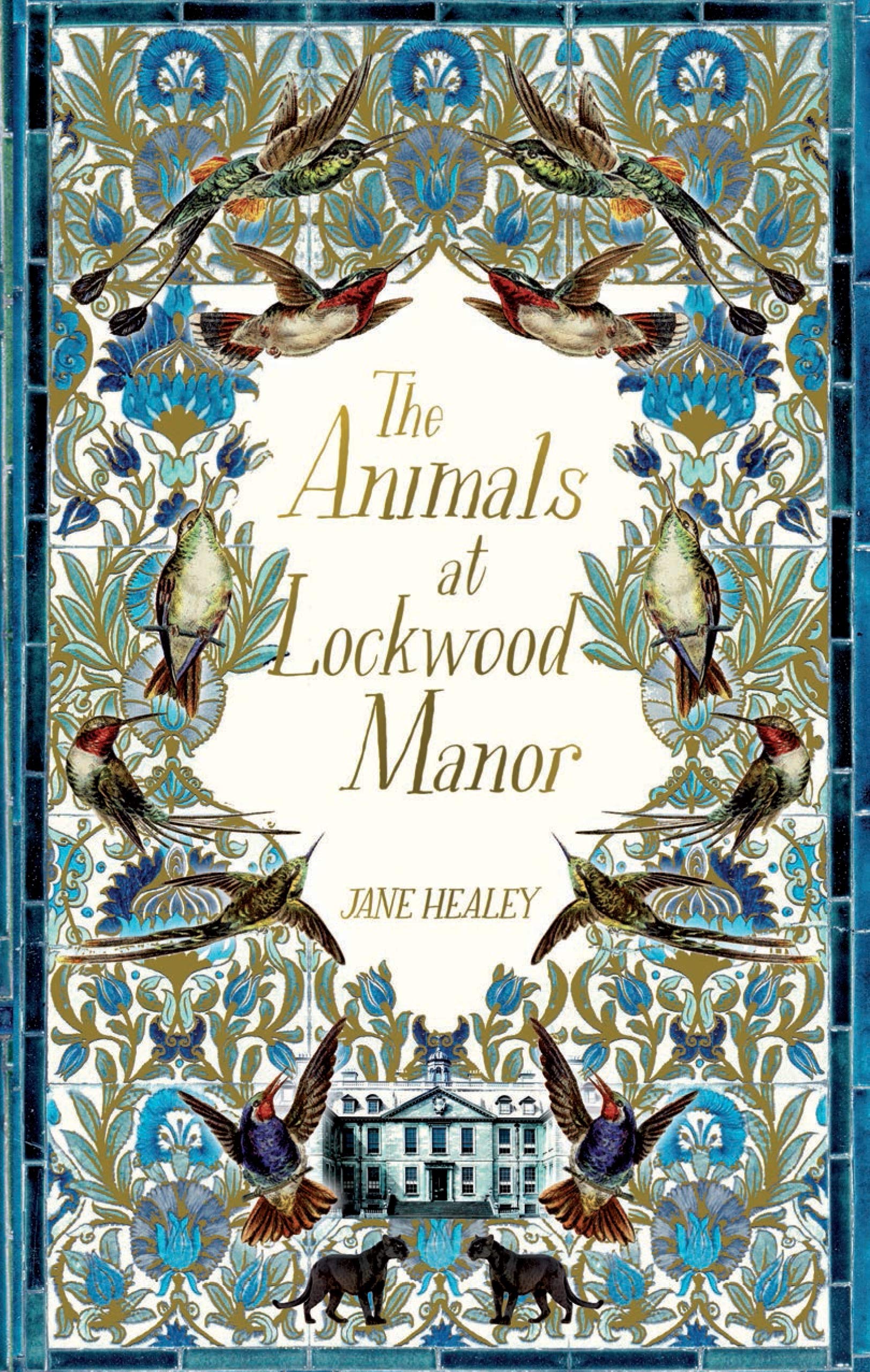Bottom line: A collection of steampunk stories starring lesbians that deliberately tries to stretch beyond the Anglo-centric, but still operates within a Western-Europe-dominated colonial world. Many stories are good; only one is terrible; none except perhaps the final two pieces challenge steampunk conventions quite as hard as they might mean to.
Content warnings (may contain spoilers): Vary by story. Death of a sentient non-human, deaths of plot bystanders, deaths of siblings, murder by police, policy brutality, murder of a lover, death of protagonist, threat of forced/unwanted marriage, knocking out of a protagonist, loss of hands/limbs/eyes (in backstory), abusive relationship/abusive breakup
How does it treat women/same-sex relationships? Varies by story. In some stories, same-sex relationships are not the majority but are still seen as unremarkable. In others, same-sex relationships must be closeted for safety or are mocked with slurs.
Does it have explicit sex scenes?: No. Sex scenes are not the emphasis, and are usually fade to black.
Would I read it again? Yes, though not the entire collection. There were a number of stories that would be worth visiting again.
Would I publish it? Yes, but not with all of the stories that are currently in the collection–a handful of them need either axing or heavy editing. I would also have some hesitation about publishing it without an introduction; I feel like it needs some examining. The concluding essay serves as a kind of coda, an anti-introduction, that made me think back on what I’d read–and if that was the intention in its placement, than that was very, very clever, putting it at the end. The collection seems to try to challenge Victorian-England-centric steampunk with stories still set in worlds that have England (or at least Western Europe) as a major power. If the collection were to rise to the call of the final essay, I feel like England would be a minor power in these stories’ worlds. (NOTE: This review covers an ARC, so there may very well be an introduction in the final published version.)
I picked Steam-Powered II up expecting lesbian steampunk erotica. I’d seen the slightly seductive pose of the woman on the first Steam-Powered‘s cover, and it colored my expectations. Though I would still love to read a little steel-on-skin clockwork-vibrators erotica, I’m content with what Steam-Powered II actually turned out to be: a collection of not-set-in-England steampunk stories that happen to star lesbians.
Steampunk, like medieval-inspired fantasy, largely romanticizes the past. Instead of romanticizing the feudal past of questing knights and new, fragile social orders in need of protection, it romanticizes the Industrial Age and colonialism. Or, at least, that’s what the mainstream version of steampunk does—and this collection clearly intends to challenge that, with stories set in the Congo, Malaysia, China, the U.S… Though I don’t think the stories (except maybe Zen Cho’s “Terracotta Bride” and Amal El-Mohtar’s nonfiction essay “Writing Down the House”) manage to work away from the Anglocentricity of most steampunk, they all put perspectives on steampunk that I don’t think I’d see in the usual “jaunty clockwork-powered airship-riding corset-wearing superhero team fights crime” novel.
Reviews by story:
“Journey’s End,” by Elizabeth Porter Birdsall. A sentient airship chooses its chief engineer to accompany it on its last voyage. Pleasant, but a lot of space is spent on exposition explaining the workings of sentient airships, and I had a hard time suspending disbelief for part of the conclusion. (Set in the U.S.)
“Amphitrite,” by S.L. Knapp. A submarinist steals her own submarine and meets a mermaid. A young, pretty, curious mermaid. Definitely the sexiest of the stories. (Set in the ocean, between the U.S. and Cuba.)
“In the Heart of Yellow Mountain,” by Jaymee Goh. Two rivals find their way through a labyrinth to complete a government test and win positions at court. One of the clunkier stories, with workaday writing and plotting that created no feeling of danger and led to no climax. (Set in China, I think.)
“Playing Chess in New Persepolis,” by Sean Holland. An engineer from Amsterdam competes in a clockwork chess contest that draws competitors from all over the world. Readable, with a bit of a femme fatale, rakish flair at the ending, but easy to forget. (Set in Persia, with a protagonist from Amsterdam.)
“A Thousand Mill Lofts Gray,” by Jeannelle Ferreira. One of my favorites. A simple, quiet, slowly developing love story between a Russian American seamstress and an upper-class reformer. It’s not an innovative story, but it’s sweetly written, though the ending didn’t have enough oomph to satisfy me. (Set in the U.S.)
“Dark Horse,” by A.M. Tuomala. A mercenary meets an English secret agent in Istanbul. Forgettable and murky. (Set in Turkey.)
“The Return of Cherie,” by Nisi Shawl. Romance and politics overlap as a small group of agent/actors gather in Everfair. Out of all of the stories in the collection, the characters in this one have the most complex, realistic-seeming relationships, all influenced by their pasts and by contradictory worldviews and wishes. It also deals head-on with the poison of racism in a relationship. Shawl’s blog says it’s part of a novel-in-progress; consider me sold on the final novel. (Set in an alternate version of the Democratic Republic of Congo.)
“One Last Interruption Before We Begin,” by Stephanie Lai. An employee in an airship port dreams of travel–and then meets an attractive English pilot. Another favorite of mine, for the clear, detailed writing, the alternative technology, and the ending, in which the protagonist is brave in a way fictional heroes rarely get to be. (Set in Malaysia.)
“Selin That Has Grown in the Desert,” by Alex Dally MacFarlane. As a Turkmeni woman dreads her impending marriage, two strangers with a secret arrive. Another story with clear, uncomplicated writing, commenting quietly on globalization. (SPOILER: It also features an asexual character. END SPOILER.) (Set in I’m not quite sure what the modern equivalent is. Turkmenistan, maybe?)
“Granada’s Library,” by Rebecca Fraimow. One of the three overseers of the Great Library of Granada (a joint Muslim/Jewish/Christian institution) must face up to internal turmoil and the threat of revolution from without. Though I found the ending hard to visualize (I’d need a map or sketches to show me how exactly the Library is set up inside), this story criticizes both thoughtless revolution and rigid adherence to tradition. It suggests that sometimes new can be built without tearing down old–not a bad message. (Set in Spain.)
“The Canary of Candletown,” by C.S.E. Cooney. A voiceless girl who grew up in the coal mines falls in love with a disillusioned revolutionary. Pretty, twisted, and surreal, this one has the dystopic, doomed vibe that I associate with the New Weird and authors like China Mieville. (Set in the U.S.)
“Fruit Jar Drinkin’, Cheatin’ Heart Blues,” by Patty Templeton. Two backwoods women–a moonshiner and an engineer–try to break up (and get back together) via backstabbing, destruction, and walking stills. Cute, with a catchy, folktale-like tone to the writing and the plot (I could imagine someone writing a folksy ballad about events in the story), but it all wraps up in a pat, easy way that’s a little twee. (Set in the U.S.)
“Deal,” by Nicole Kornher-Stace. When the law comes looking for a failed-prospecter-turned-engineer, her partner has to lie for her. I wouldn’t have put this story next to “Fruit Jar,” as the pieces share similarities in setting, tone, and plot, though I like this one least of the two. The stories-within-stories flow along with a cheeky, American tall-tale feel, but the framing narrative left me confused (if you read this story, tell me, what’s up with the disappearing door?). (Set in the U.S.)
“Not the Moon but the Stars,” by Shveta Thakrar. In a competition for both her love and professional dreams, a jeweler/engineer struggles with her mixed feelings about new technology. Far and away my least favorite story in the collection. Though it starts out clear and matter-of-fact, it falls apart into a rush of blurred, fantastical imagery and wooden character reactions to unbelievable events. (Set in India.)
“The Terracotta Bride,” by Zen Cho. A young woman dies and finds herself married off as a second wife in the afterlife. Soon, her husband takes an experimental automaton as his third wife. As I read this, I thought, “Is this steampunk?” I’m used to steampunk incorporating pseudo-fantasy, but not direct-fantasy elements—bits and pieces of “science” that have a superstitious, magic-like quality to them, but not overt fantasy settings like the underworld. But I think it works. Of all the stories in the volume, I think it may come closest to punching a hole through steampunk conventions while still retaining an essential “steampunkiness.” After all, there’s no more direct way to show a new order of mechanization trying to find some place in (or trump) an older world of mysticism than to have someone build a robot in Hell. And, of course, this isn’t a Western hell, but a Chinese-myth-based “hell” and a Chinese-myth-based understanding of life, death, and rebirth. Western colonialism can touch such a setting only indirectly. (Set in the afterlife, based on Chinese mythology.)
“Winding Down the House: Taking the Steam out of Steampunk,” by Amal El-Mohtar. An essay on steampunk conventions, calling for challenging and expanding what “steampunk” can be. I love this as a coda, particularly right after “Terracotta Bride,” which had me questioning whether I thought it really was steampunk. According to El-Mohtar’s essay, it is and it’s more of what steampunk should be. Or, more accurately, readers should be more willing to accept new combinations of fantasy, SF, and historical elements under the genre label “steampunk.” A critical conclusion to the volume that left me thinking.


